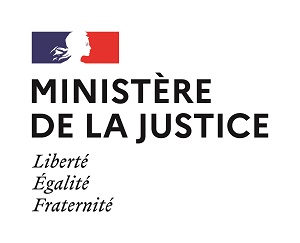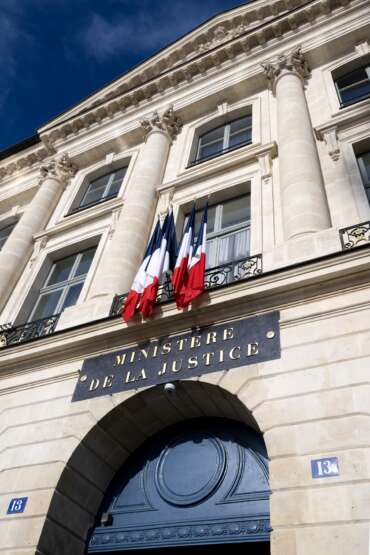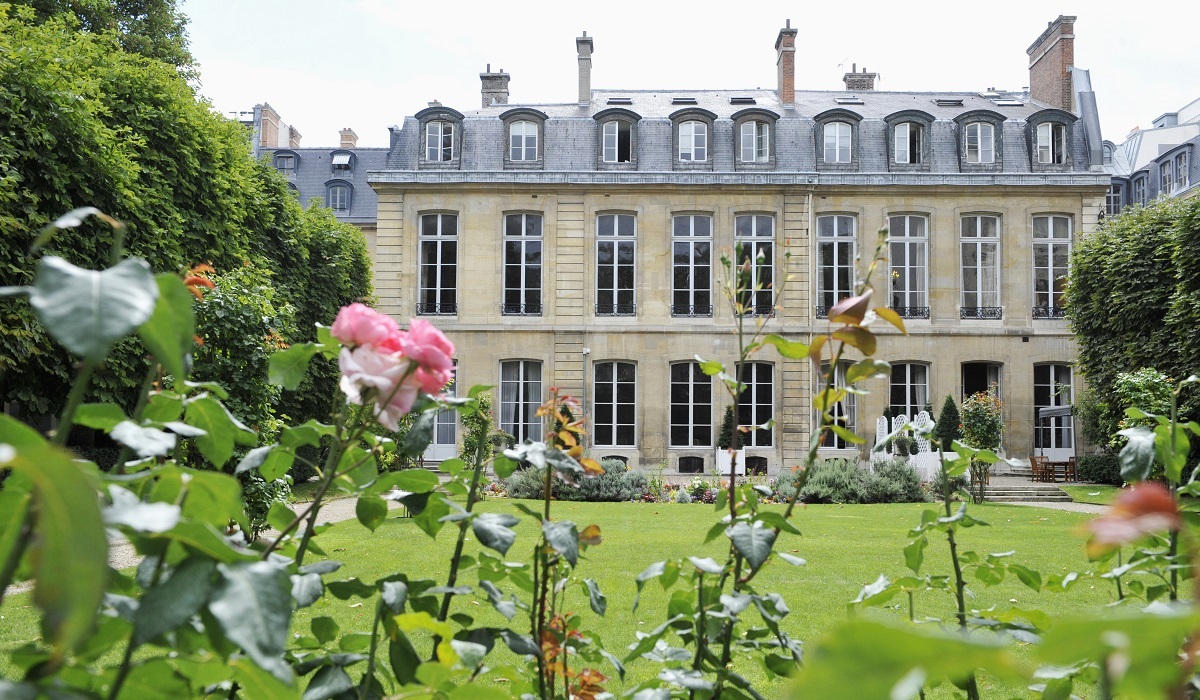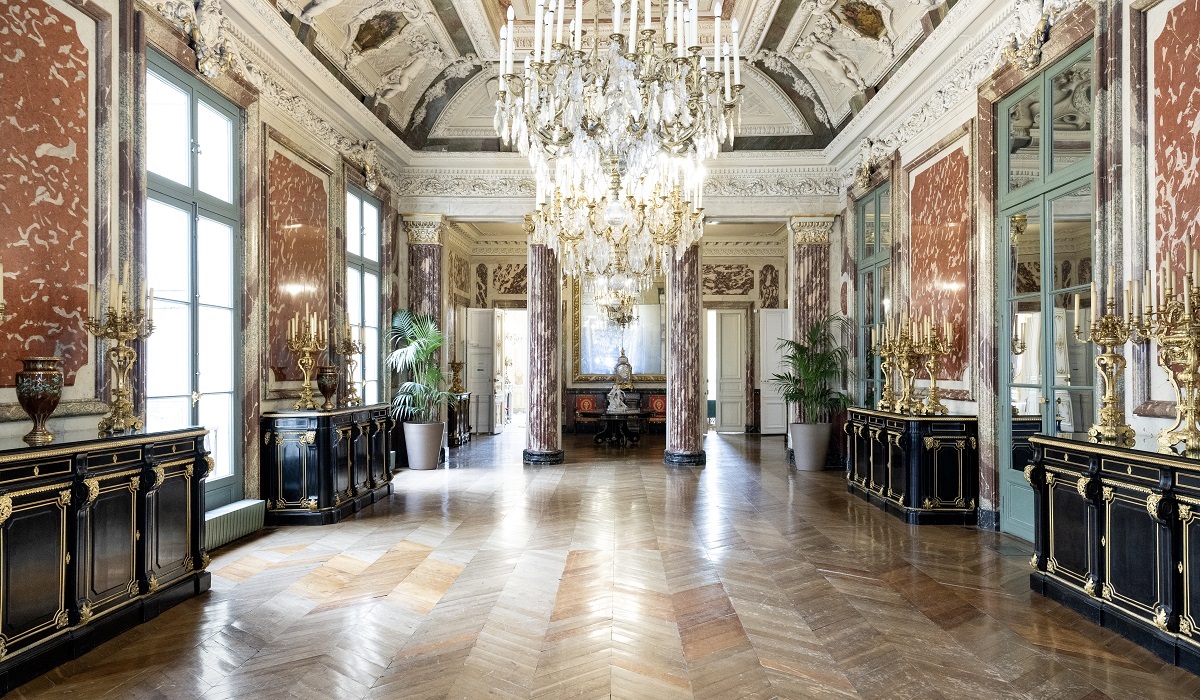

For 300 years, it has been home to the Chancellors of France, Keepers of the Seals, and Ministers of Justice. D'Aguesseau, Danton, Cambacérès, Aristide Briand, Michel Debré, Robert Badinter... The names of illustrious figures echo through the Hôtel de Bourvallais, as if to chant its history.
In 1685, the Duke of Vendôme sold his properties on Rue Saint-Honoré to Louis XIV. Louvois and Mansart then came up with a grandiose project: to build a veritable administrative city on this site to the glory of the king, which would bring together the king’s library, the mint, the academies, the hotel for extraordinary ambassadors, and the Chancellery of France.
But this project was abandoned and turned into a private real estate venture: the land was sold to wealthy financiers in 1699 by Joseph Guillaume de La Vieuville. After the death of Louis XIV in 1715, the Regency sought to put the kingdom’s finances in order. Accused of embezzlement in 1716, Paul Poisson de Bourvallais, owner of the mansion since 1706, was imprisoned in the Bastille. His property was transferred to the king. The Hôtel de Simiane, located at No. 11 on the square, was attached to the Hôtel de Bourvallais in 1717. In 1718, a decree of the Royal Council assigned the Hôtel de Bourvallais to the Chancellery of France.
It remained so beyond the upheavals of the Revolution, when the chancellor disappeared in favor of the Minister of Justice in 1791. Today, it is one of two sites where the central administration of the Ministry of Justice works on a daily basis, in particular the minister’s office and the cabinet office, but also the interministerial delegation for victim support. The buildings at the end of the garden, on the Rue Cambon side, house the Directorate of Civil Affairs and the Seal, as well as
Written by: MJ/SG/SEM/DADP
Photo credits: MJ/DICOM/Joachim BERTRAND and Caroline MONTAGNE
MORE INFORMATION HERE:
Open to the public: The Chancellery is open to visitors every year during European Heritage Days.




